This research project is completed under Prof. KER Dai Fei Elmer and Prof. WANG Dan Michelle. https://doi.org/10.1016/j.actbio.2022.10.029 Here are some extracts from their work: “Biological and mechanical cues are both vital for biomaterial aided tendon repair and regeneration. Here, we fabricated mechanically tendon-like (0 s UV) QHM polyurethane scaffolds (Q: Quadrol, H: Hexamethylene diisocyanate; M: Methacrylic anhydride) and immobilized them with Growth and differentiation factor-7 (GDF-7) to produce mechanically strong and tenogenic scaffolds. In this study, we assessed QHM polymer cytocompatibility, amenability to fibrin-coating, immobilization and persistence of GDF-7, and capability to support GDF-7-mediated tendon differentiation in vitro as well as in vivo in mouse subcutaneous and acute rat rotator cuff tendon resection models. Cytocompatibility studies showed that QHM facilitated cell attachment, proliferation, and viability. Fibrin-coating and GDF-7 retention studies showed that mechanically tendon-like 0 s UV QHM polymer could be immobilized with GDF-7 and retained the growth factor (GF) for at least 1-week ex vivo. In vitro differentiation studies showed that GDF-7 mediated bone marrow-derived human mesenchymal stem cell (hMSC) tendon-like differentiation on 0 s UV QHM. Subcutaneous implantation of GDF-7-immobilized, fibrin-coated, QHM polymer in mice for 2 weeks demonstrated de novo formation of tendon-like tissue while implantation of GDF-7-immobilized, fibrin-coated, QHM polymer in a rat acute rotator cuff resection injury model indicated tendon-like tissue formation in situ and the absence of heterotopic ossification. Together, our work demonstrates a promising synthetic scaffold with human tendon-like biomechanical attributes as well as immobilized tenogenic GDF-7 for tendon repair and regeneration.”
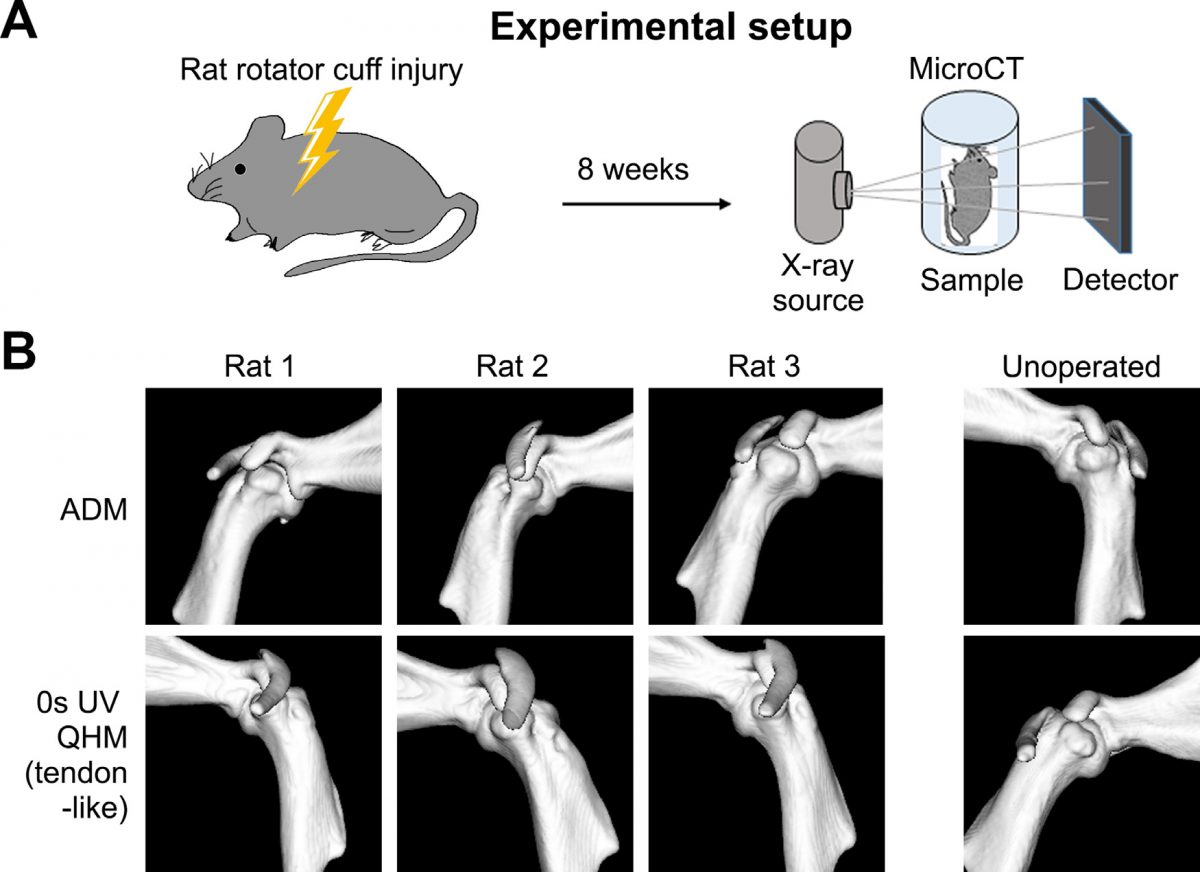


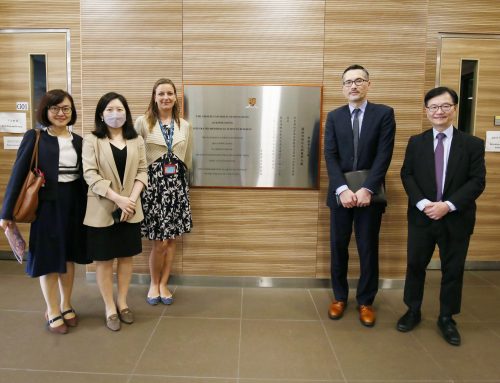
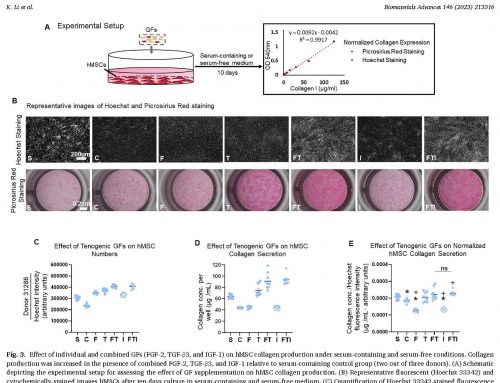
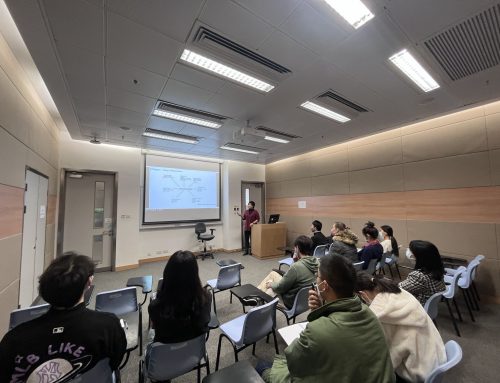
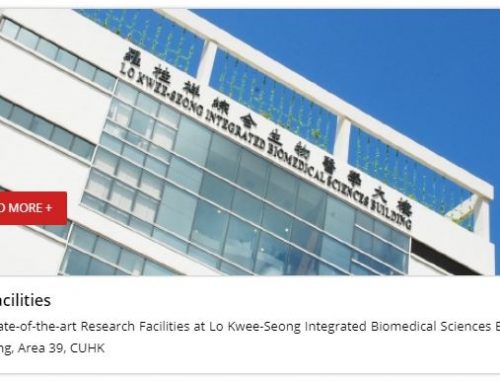
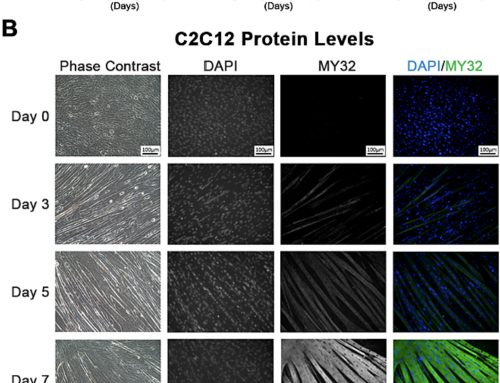
Leave A Comment